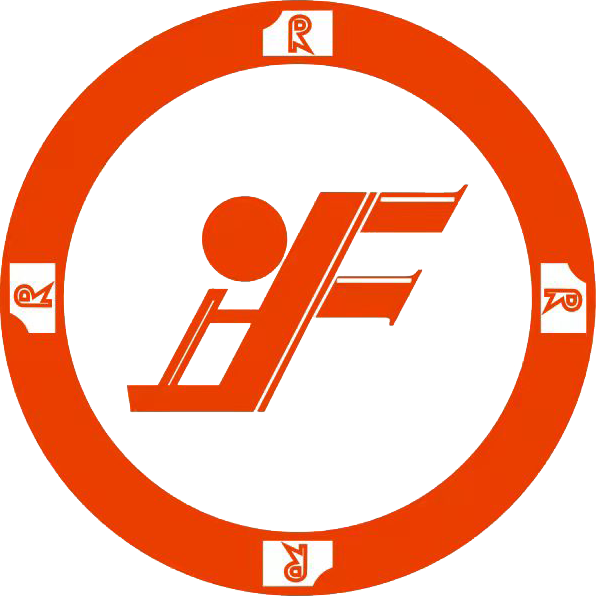Quality Assurance Practices in Mold Steel Fabrication
Introduction to Mold Steel Fabrication
Mold steel fabrication is a critical process in various manufacturing sectors, particularly in producing molds for casting, injection molding, and stamping. Given the complexity of mold designs and the precision required in their production, quality assurance (QA) practices are essential in ensuring that these molds meet the required standards.
Importance of Quality Assurance in Mold Steel Fabrication
Quality assurance is vital in mold steel fabrication for several reasons:
Consistency: QA practices ensure that every batch of molds produced meets the specified requirements, leading to consistent product quality.
Cost-Effectiveness: Implementing QA practices reduces the chances of defects and reworks, ultimately saving costs for manufacturers.
Customer Satisfaction: High-quality molds lead to better end products, increasing customer satisfaction and trust in the manufacturer.
Key QA Practices in Mold Steel Fabrication
Material Inspection
Before fabrication begins, it is crucial to inspect the raw materials. Ensuring that the mold steel used is of high quality is the first step in the QA process. Key aspects of material inspection include:
Chemical Composition: Analyzing the steel for specific chemical properties to ensure it meets the required standards.
Mechanical Properties: Assessing properties like tensile strength and hardness to confirm that the material can withstand the intended industrial applications.
Process Control
Maintaining strict process control throughout the fabrication process is essential for quality assurance. This includes:
Temperature Control: Ensuring the correct temperatures are maintained during processes such as heat treatment.
Machining Tolerances: Regular measurements to guarantee that all machining processes adhere to specified tolerances.
Inspection During Fabrication
Regular inspection throughout the fabrication process helps identify any issues early. Techniques used include:
Visual Inspection: Checking for surface defects such as cracks, pits, or deformations.
Dimensional Inspection: Utilizing tools like calipers and gauges to ensure all dimensions conform to design specifications.
Final Inspection
After the fabrication process is complete, a comprehensive final inspection should be conducted. This typically involves:
Functional Testing: Testing the molds under operational conditions to ensure they perform as expected.
Documentation Review: Verifying that all necessary documentation and certifications are in place.
Common Challenges in QA Practices
While implementing QA practices, manufacturers may face several challenges, including:
Resource Limitations: Limited budgets or workforce can hinder the extent of QA practices implemented.
Process Complexity: Complex fabrication processes can make it difficult to maintain consistent quality assurance.
Technology Integration: Keeping pace with technological advancements and integrating them into existing processes can be challenging.
Technology in Quality Assurance
Modern technology plays a significant role in enhancing QA practices in mold steel fabrication. Some of the technological advancements include:
Automated Inspection Systems: These systems can quickly and accurately identify defects in molds.
Quality Management Software: Software solutions help track QA processes and maintain comprehensive records, facilitating better decision-making.
Training and Skills Development
Employee training is crucial in maintaining high-quality standards in mold steel fabrication. Important training areas include:
Quality Standards: Educating employees about industry quality standards and the importance of adhering to them.
Inspection Techniques: Providing training on effective inspection techniques and the proper use of measurement tools.
Collaboration with Suppliers
Effective collaboration with suppliers is vital for ensuring the quality of raw materials. Manufacturers should focus on:
Supplier Audits: Conducting regular audits to ensure suppliers meet the required quality standards.
Feedback Mechanisms: Establishing clear communication channels with suppliers for providing feedback on material quality.
Continuous Improvement in Quality Assurance
Quality assurance should be an ongoing process. Manufacturers should continuously assess and improve their QA practices through:
Regular Reviews: Conducting regular reviews of QA processes to identify areas for improvement.
Employee Involvement: Encouraging employees to contribute ideas for enhancing quality assurance methods.
Conclusion
Quality assurance in mold steel fabrication is a multi-faceted approach that involves thorough material inspection, strict process controls, and ongoing evaluation of practices. By adopting robust QA measures, manufacturers can ensure high-quality molds, leading to better product performance and increased customer satisfaction. It is essential to overcome challenges in QA practices through technological integration, employee training, and supplier collaboration. Continuous improvement in these practices is vital for maintaining competitiveness in the manufacturing sector.
Frequently Asked Questions (FAQ)
What are the main quality assurance practices in mold steel fabrication?
The main QA practices include material inspection, process control, inspection during fabrication, and final inspection.
Why is quality assurance important in mold steel fabrication?
QA is important as it ensures consistency, reduces costs, and enhances customer satisfaction by producing high-quality molds.
What challenges do manufacturers face in implementing quality assurance?
Manufacturers may face challenges such as resource limitations, process complexity, and difficulties in technology integration.
How can technology improve quality assurance in fabrication?
Technology improves QA through automated inspection systems and quality management software that enhance efficiency and accuracy.
What role does employee training play in quality assurance?
Employee training is crucial for educating workers on quality standards and inspection techniques, which helps ensure high-quality mold production.
Quality Assurance Practices in Mold Steel Fabrication
